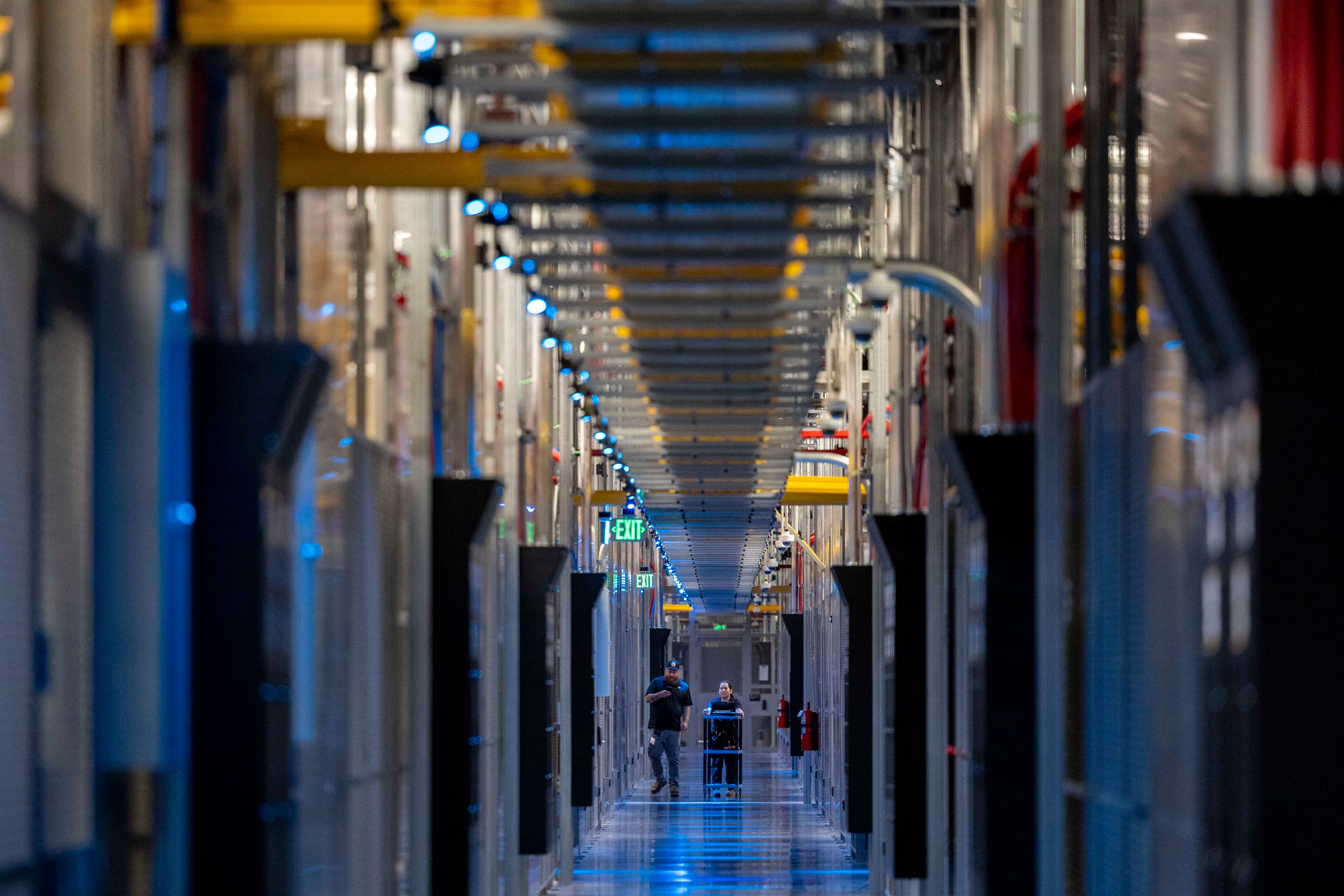The AI energy apocalypse everyone's been warning about might be built on speculation and hype, according to a new report from As You Sow and Sierra Club. While tech companies are indeed demanding massive amounts of electricity for AI training, utilities may be overestimating future power needs by three to five times - potentially leading to billions in unnecessary infrastructure spending that American consumers will ultimately pay for.
The tech industry's AI arms race is reshaping America's power grid, but the energy apocalypse everyone's been predicting might be massively overblown. That's the striking conclusion from a new report by shareholder advocacy group As You Sow and the Sierra Club, which warns that utilities are building unnecessary fossil fuel infrastructure based on inflated demand projections.
Here's what's actually happening: AI does require significantly more power than traditional computing. A single AI-optimized server rack consumes 80-100 kilowatts - equivalent to powering 100 homes compared to just 6-8 kilowatts for traditional data centers. "Essentially what you're looking at is a small town's worth of power being deployed," Dan Thompson, a principal research analyst at S&P Global, explained during a briefing with reporters.
But the numbers being thrown around by utilities don't add up. In the Southeast, a major data center hub, utilities are projecting four times more demand growth than independent industry analyses suggest. Nationally, utilities are preparing for 50% more demand growth than the tech industry itself expects, according to a December 2024 report from Grid Strategies.
The problem stems from massive speculation in the data center market. "Speculators are flooding the market," the report states, with developers requesting power capacity before securing capital or customers. Some are approaching multiple utilities for quotes, leading to double or triple counting of the same proposed projects. Jim Burke, CEO of Texas-based Vistra Energy, acknowledged on a Q1 earnings call that proposed grid connections "may be overstated anywhere from three to five times what might actually materialize."
This speculation frenzy is driving real infrastructure decisions with long-term consequences. Since January 2023, as generative AI heated up, proposed gas capacity jumped 70%. If all these projects move forward, America's gas-fired power plant fleet would grow by nearly a third. That's exactly the opposite direction the country needs to go to meet climate goals.
Meta provides a stark example of the stakes involved. In Louisiana, local utility Entergy proposed building three new gas plants to power a massive Meta data center that would consume as much electricity as 1.5 million homes and generate 100 million tons of carbon emissions over 15 years.








